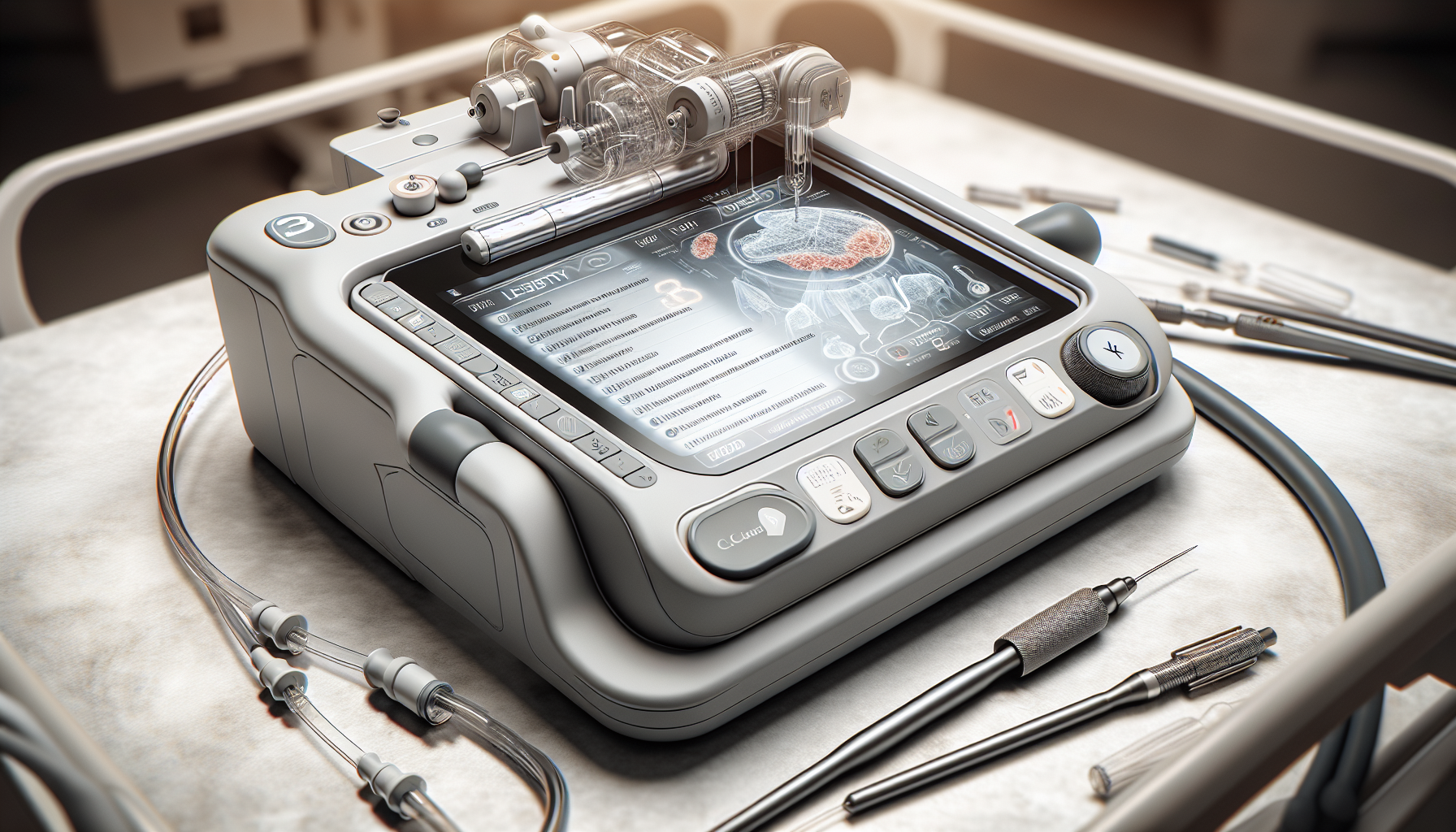Danger in Disguise: Rising Incidents of Counterfeit Botox in the US
Key Takeaways
- The rise in counterfeit Botox cases in the US has led to severe health complications, mirroring botulism symptoms and impacting muscular and neurological functions.
- Both the CDC and FDA have issued alerts, stressing the importance of seeking treatments from accredited professionals and avoiding non-healthcare settings typically associated with counterfeit incidents.
- Regulatory guidelines emphasize vigilance in identifying counterfeit products, ensuring compliance with FDA standards, and sourcing from reliable distributors to safeguard patient safety.
Did You Know?
Understanding the Rise in Counterfeit Botox Cases
The US is currently facing a significant health issue as counterfeit Botox has been identified as the cause behind a series of botulism-like symptoms endangering the health of individuals across various states. These fake products, often used for cosmetic enhancements, mimic the botulinum toxin found in legitimate Botox but can cause severe medical complications.
Instances of these harmful effects have been increasingly reported with symptoms that can alarmingly impact the body’s muscular and neurological functions. The extent of the problem gained more visibility following alerts from both the Centers for Disease Control and Prevention (CDC) and the Food and Drug Administration (FDA), sparking a nation-wide health investigation.
With an ongoing investigation, the health agencies are calling attention to the criticality of receiving treatments from accredited professionals and avoiding questionable and non-healthcare settings like homes or spas, typically associated with these incidents.
The Dangers and Symptoms of Fake Botox
Application of counterfeit Botox has resulted in adverse reactions in individuals aged between 25 to 59, predominantly women seeking cosmetic treatments. The victims, deceived by the fake products, suffered from symptoms closely mimicking those of botulism – a serious illness caused by toxins affecting the nervous system.
Symptoms reported include vision impairment, drooping eyelids, difficulty swallowing, slurred speech, dry mouth, fatigue, and respiratory problems. In severe cases, this can be life-threatening. Among the affected, four required hospitalization and administration of botulism antitoxin as immediate treatment to counteract the effects.
This urgent health concern accentuates the importance of vigilance in recognizing both the products and the locations deemed unsafe for such medical procedures.
Regulatory Measures and Safety Guidelines
In response to the mounting cases, safety alerts and guidelines have been issued to empower healthcare providers to spot counterfeit products. The FDA specifics being vigilante for product packaging anomalies such as incorrect ingredient names, discrepancies in dosage units, non-English labeling, and incorrect lot numbers, all red flags indicating a counterfeit product.
Healthcare providers are advised to ensure that all botulinum toxin products comply with FDA approval standards and are sourced from reliable distributors. These measures are crucial in safeguarding patient safety and maintaining the integrity of medical practices across the country.
The CDC and FDA continuously emphasize the need for education regarding the severe risks associated with non-approved botulinum toxin products. Understanding these threats is essential for both the public and professionals within the healthcare industry to prevent further health risks.




